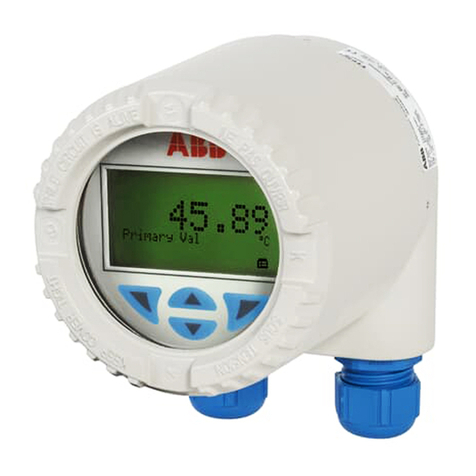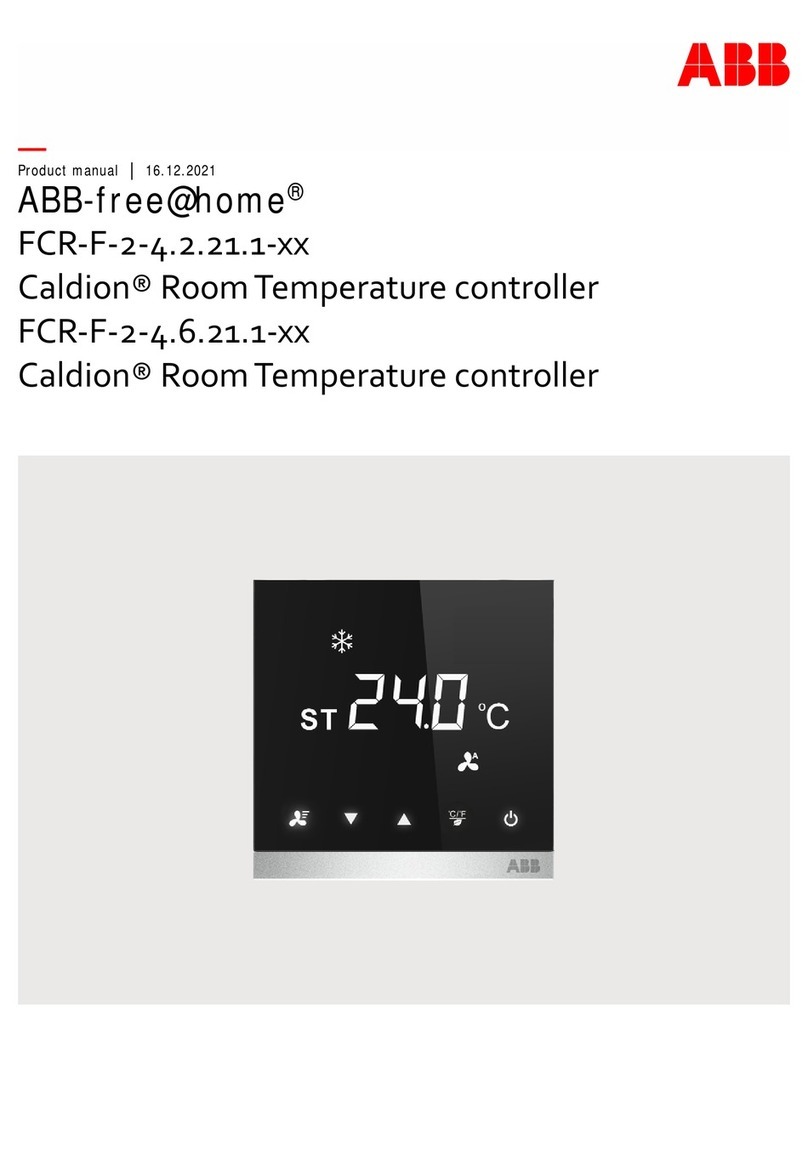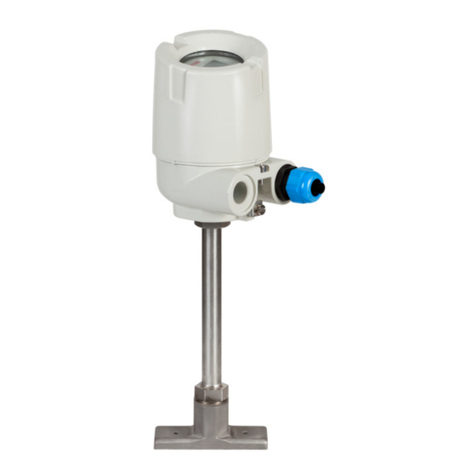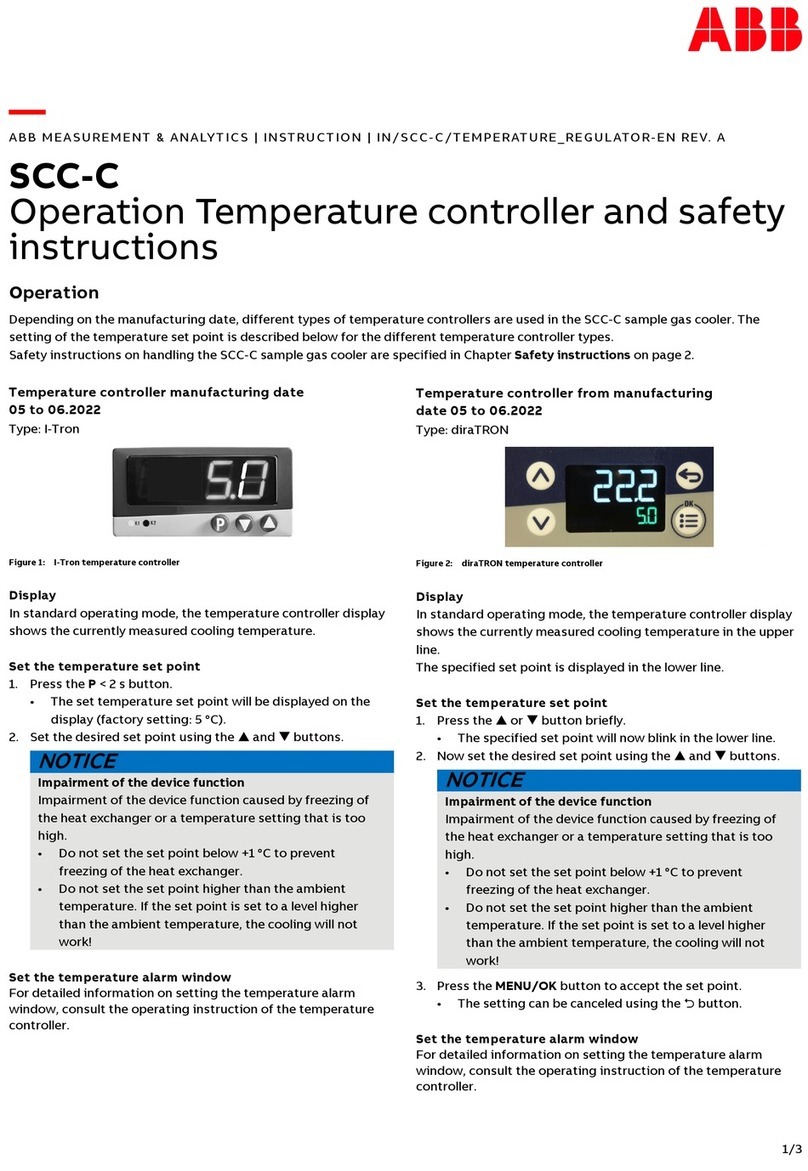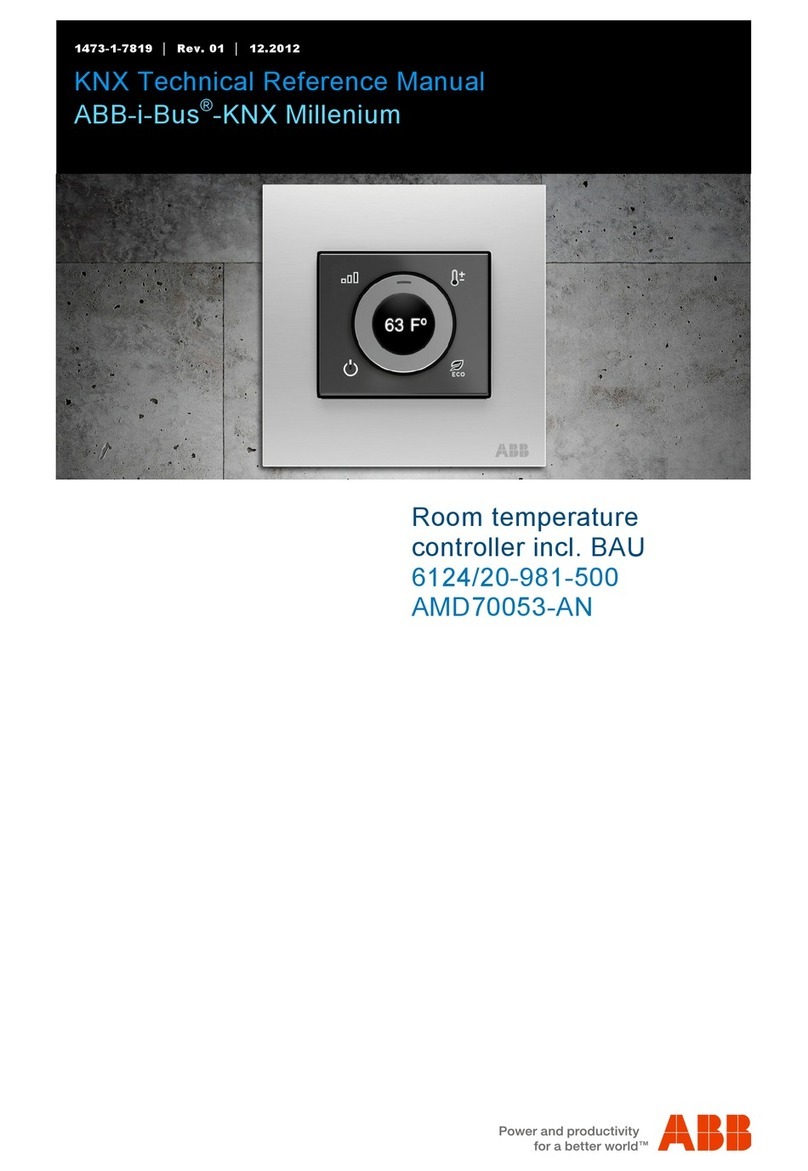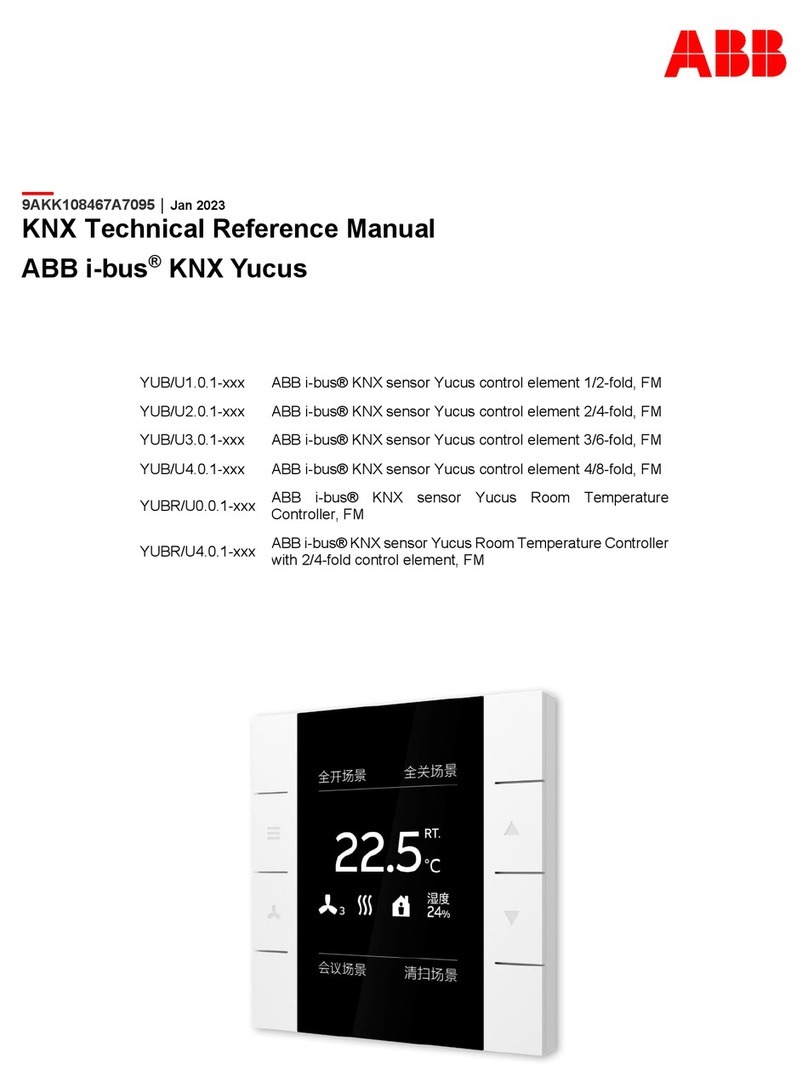
Table of contents
Page
Remarks .................................. 2
Installation and commissioning
1. Identifying the instrument ..................... 3
2. Selecting installation site and
mounting the instrument ...................... 3
3. Connecting signals .......................... 4
4. Connecting the power supply .................. 4
5. Commissioning the instrument ................. 4
Operation
Front panel ................................... 5
Display ...................................... 5
Parameter definition ........................ 6
Parameter-definition principle ...................... 6
Complete parameter-definition ...................... 8
Selftune
Automatic selftune ............................. 12
Manual adjusting of a PID controller ................. 12
Ramps and alarms
Ramps ...................................... 13
Alarms ...................................... 13
Example ..................................... 13
Calibration ................................ 14
Error messages ........................... 14
Maintenance .............................. 15
Conversion ............................... 16
Appendix
Application ................................... 17
Description ................................... 17
Technical data ................................ 18
Packaging for transport or
for return to manufacturer ........................ 19
Important instructions
for your safety!
Please read and observe!
Correct and safe operation of the controller calls for ap-
propriate transportation and storage, expert installation
and commissioning as well as correct operation and me-
ticulous maintenance.
Only those persons conversant with the installation, com-
misioning, operation and maintenance of similar appara-
tuses and who possess the necessary qualifications are
allowed to work on the controller.
Please take note of
− the contents of this Operating Manual,
− the safety regulations affixed to the controller and
− the safety regulations pertaining to the installation and
operation of electrical systems.
The directives, norms and guidelines mentioned in this
Operating Manual are applicable in the Federal Republic
of Germany. When using the controller in other countries,
please observe the national regulations prevailing in the
respective country.
The controller has been designed and tested in accor-
dance with DIN VDE 0411Part 1„Safety requirements for
electronic measuring apparatuses“, and has been supplied
in a safe condition. In order to retain this condition and to
ensure safe operation, the safety instructions in this Ope-
rating Manual bearing the headline „Caution“ must be ob-
served. Otherwise, persons can be endangered and the
controller itself, as well as other equipment and facilities
can be damaged.
If the information in this Operating Manual should prove
to be insufficient in any point, the Service Department will
be delighted to give you more information.
Remarks on symbols
, , , means that the respective key on the controller
front panel should be pressed.
R-18797
2Table of contents • Remarks
